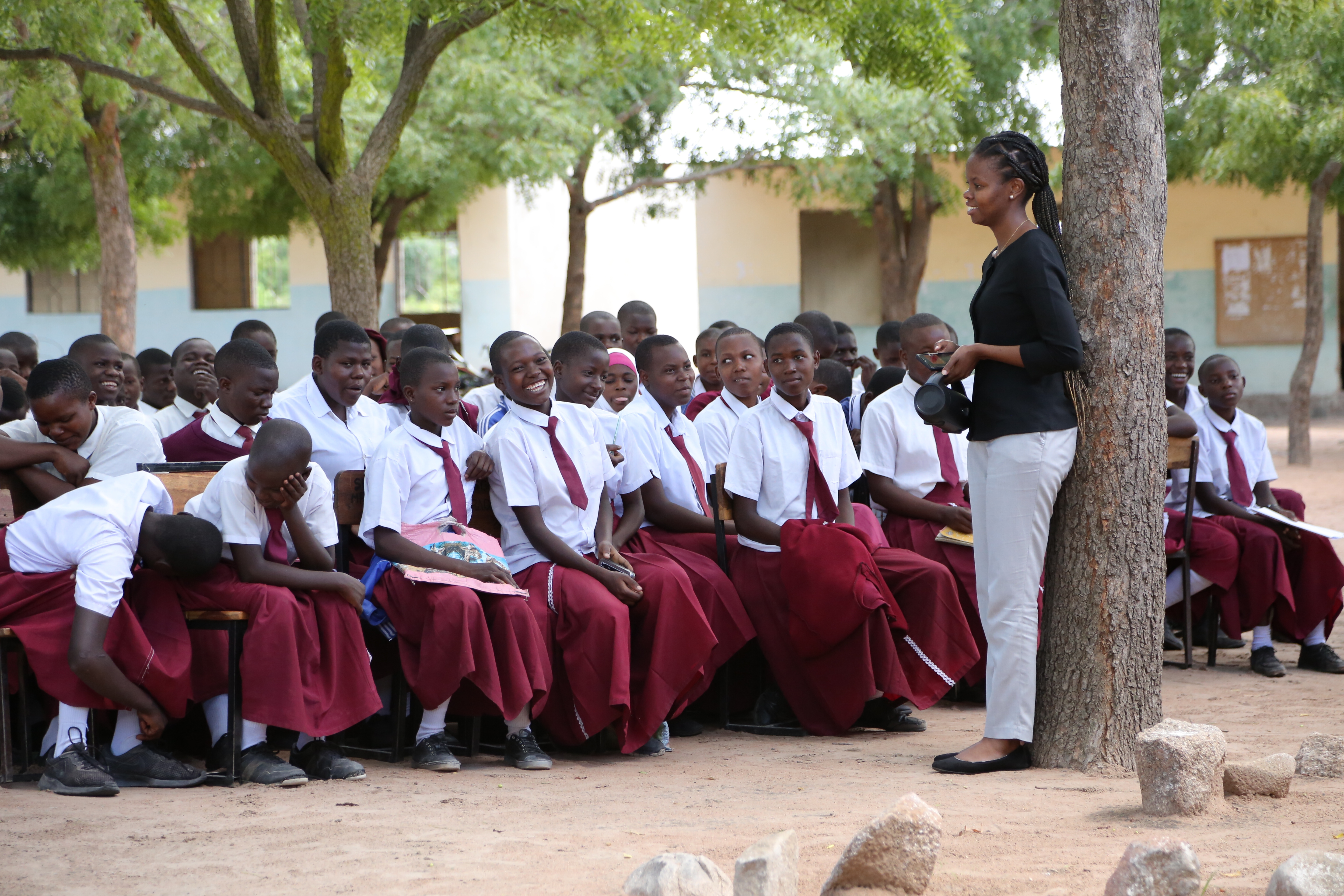Investing Locally for Sustained Impact.
Aug 15, 2024
GIF has long sought to direct its funding towards locally headquartered organisations, and our investments in 2023 were no exception. Often, our investments are not only locally headquartered, they are also locally led. More broadly, when innovators are not local, GIF only backs innovations that are relevant to local needs.
We believe local partners are the linchpin for sustainable solutions to international development challenges because they are grounded in the knowledge and experience of the people directly affected.
Research indicates their interventions can be faster, better, more inclusive, relevant and acceptable. Yet many ambitious local innovators remain starved of the capital required to deliver impact and scale.
Embracing localisation requires nuance and involves learning on both sides. It has meant testing and adapting how we identify potential investees, reframing risks and opportunities and working with local actors within the context of our investment criteria. We have needed to create the right conditions so they can engage fully with our due diligence processes and thrive as part of our portfolio.
GIF operates an open window for applications that are reviewed on a rolling basis. We have worked to simplify and shorten the initial application process to lower the barriers to engagement. This helped us identify ambitious local innovations like BLAST’s SafePlus programme to prevent child marriage in Bangladesh.
Conscious of additional access challenges, GIF has also taken a more proactive approach to sourcing local organisations. We have leveraged our strong networks with early-stage funders, research institutions and sector experts to surface promising local innovations, while also fostering learning. This is how we identified Bandebereho and Amani Girls Organisation (AGO).
Reframing risks as opportunities when assessing local innovations
Reframing risks as opportunities when assessing local innovations Crucially, we have reframed how we view alignment against our investment criteria, the role and additionality of our capital and our risk appetite. GIF sets ambitious criteria for evidence of impact and potential to scale, but these ambitions can require significant funding which, historically, has been difficult for local innovators to access.
Conversely, this provides opportunities for high additionality from GIF funding, when a local innovator also has the appetite to generate evidence and scale. For example, GIF’s funding for BLAST’s SafePlus programme supports a rigorous evaluation to generate crucial impact evidence. Similarly, our investment in AGO is focused on developing a plan to scale and building capacity so scale can be achieved. Our investment also serves to de-risk these innovations.
Building trust and collaboration early in due diligence
Globally headquartered donors like GIF can feel inaccessible to local organisations. Breaking down the donor-grantee barrier enhances effective collaboration. We’ve looked to build trust through site visits and in-person meetings at an early stage. We’ve particularly learned to value informal conversations over lunch or during a car ride that help to humanise us as ‘funders’, level the terms of engagement and improve transparency.
We’ve leveraged GIF’s presence in Nairobi and Singapore and drawn on colleagues’ previous experiences working for and with local organisations. During our due diligence visit to Mwanza with AGO, for example, we needed to bridge differences in language (filtering Global North development jargon) and align on a joint vision.
This learning is a two-way process. As a result of a discussion on financial sustainability and our sharing examples from other organisations, AGO has now implemented a reserves policy, addressing a key area of concern for them. Trusting and collaborative relationships built in the formative investment stages translate into our portfolio, with grantees feel more comfortable to approach us as critical thought partners during implementation, fundraising efforts, emerging challenges and necessary adaptations.
Supporting power shifts and opening doors
GIF has now provided direct funding to a variety of local innovations. All the innovations build on local innovators’ many years of dedicated experience implementing different community initiatives. Some are co- developed with global actors and adapted effectively to local context following a lot of co-creation, testing and iterations with communities to ensure local ownership.
However, our approach is focused on letting local innovations run with their idea and prefer to contract on outcomes. We are mindful that precisely because of their contextual knowledge and commitment, they know best.
In such scenarios GIF has sought to flip the narrative, providing direct funding to the local innovators with the option for them to provide funding to international partners for ongoing support, where required. The intention is to acknowledge local innovators’ role as scale partners and provide them with greater autonomy at vital implementation stages such as building partnerships and integration with government.
As an anchor funder, we take calculated risks to support local organisations with nascent financial history and less experience managing large budgets. This, in turn, has given other potential funders the confidence to invest. We also see our role as facilitating introductions and links to our network, which enhances organisations’ fundraising strategies and increases resource mobilisation.
For example, GIF provided an early $1.8m grant to anchor a larger investment of $4.5million over five years to support Bandebereho’s ambitious scale up plans through community health workers in Rwanda. This has already helped Bandebereho’s creators crowd in over $500K from other funders and build a solid fundraising pipeline.
